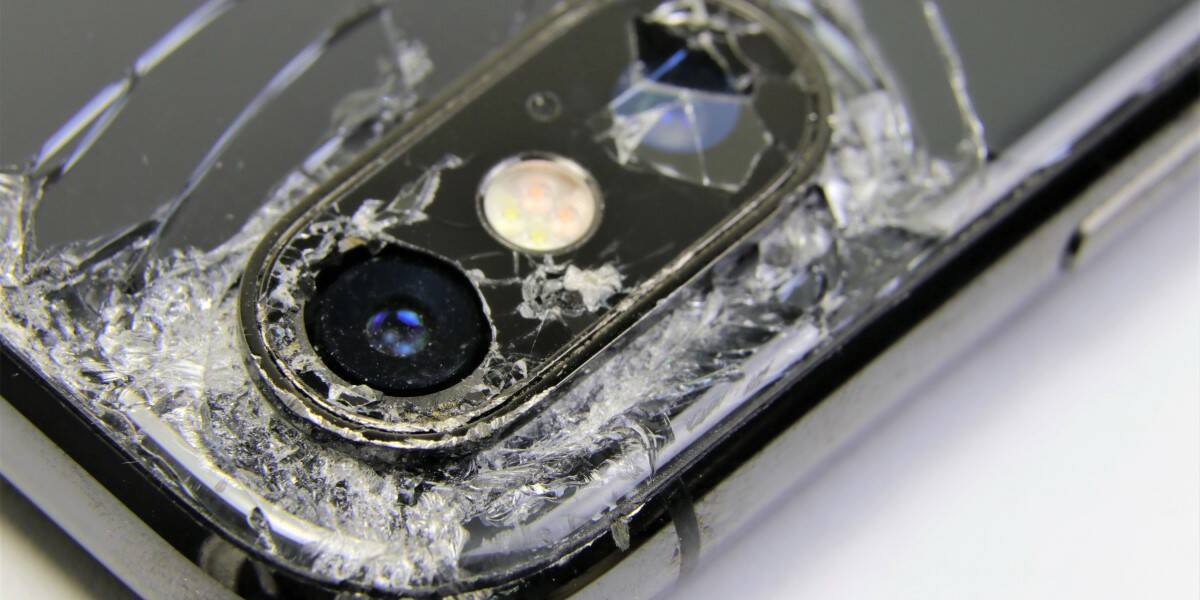
Apple has said it will stop making life difficult for anyone replacing a broken iPhone 13 screen with a third-party display and wishing to retain Face ID support.
As iFixit pointed out at the end of September, if you swap out the screen in an iPhone 13, Pro or non-Pro, with a third-party replacement, you'll be left with Face ID authentication disabled.
"Any display replacement knocks out Face ID," the repair house noted in its teardown of the latest iPhone. "It looks like the display is serial-locked to the phone. Unless Apple revises this behavior in software, screen replacements outside Apple's authorized repair lose all Face ID functionality."
According to analyses by iCorrect and iFixit, if you want to replace the screen in an iPhone 13, you need to transfer a small controller chip from the official touchscreen display to the unofficial one.
From what we can tell, this chip effectively pairs the screen to the rest of the phone, and if you fit a new display, you need to bring across this paired controller. Without this pairing, Face ID is disabled by iOS 15.
Performing this chip transplant massively complicates what should be a routine servicing, frustrating independent repair shops and anyone else replacing a display.
Meanwhile, authorized Apple repair outfits have a software tool that ensures an iPhone and its replacement screen work together as necessary without any fuss. This creates an uneven playing field in the world of Apple repairs, and reduces choice for owners.
Today Apple said it will address this situation in an iOS update at some unspecific point, allowing replacement screens to keep Face ID enabled without any chip transfers. "A solution will be available in an upcoming software update," an Apple spokesperson told us, echoing what it told The Verge earlier.
"This is a tactical achievement for the repair market," said iFixit's Kevin Purdy in reaction to Tuesday's news, "but it’s an endless fight until the battlefield changes.
"Apple — and the many companies it inspires — will advance again with more parts lock-downs, more feature reductions, more reasons why only their profitable repair centers can do this work.
"Repair shops are still looking at a future that involves more microsoldering, more time, and possibly tighter profit margins, as they compete against a company that can fix its own firmware blocks from the cloud."
We've asked Apple and iCorrect for further info, and we'll let you know if we hear more. ®
Apple says it will no longer punish those daring to repair their iPhone 13 screens - The Register
Read More

No comments:
Post a Comment